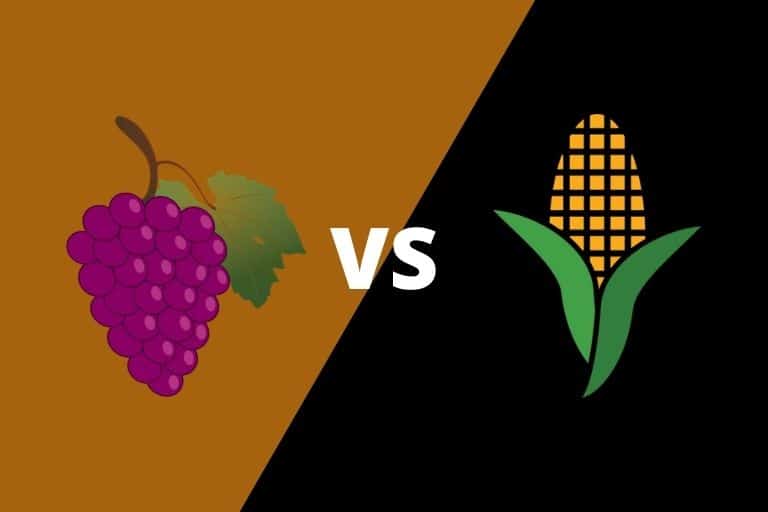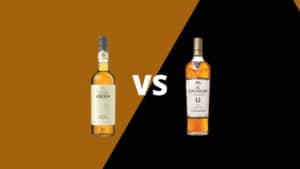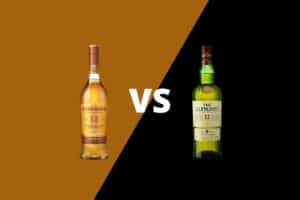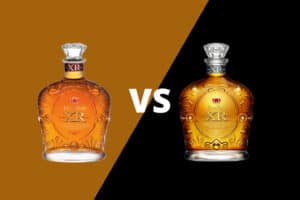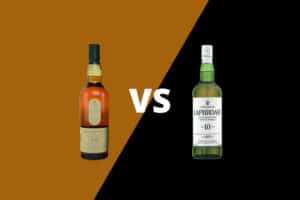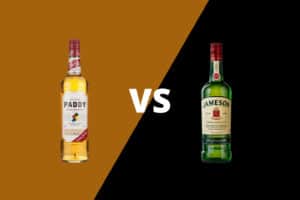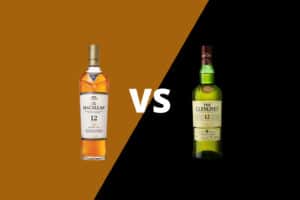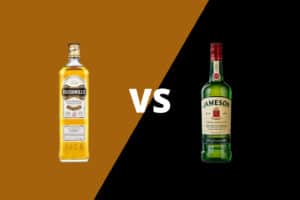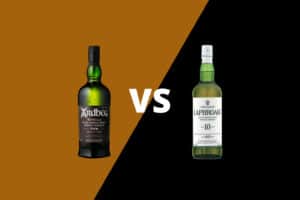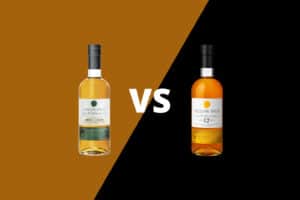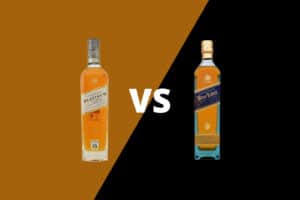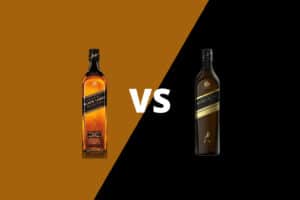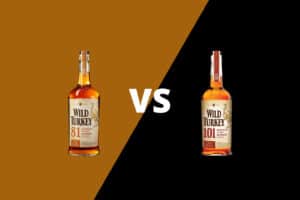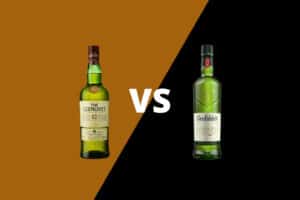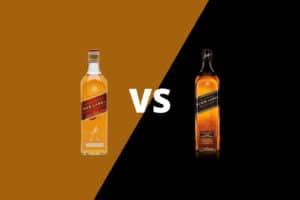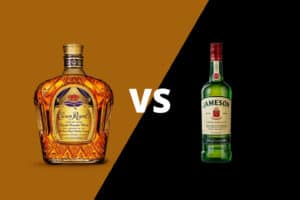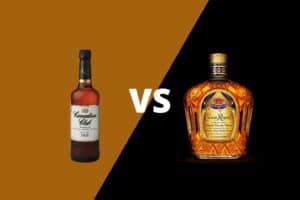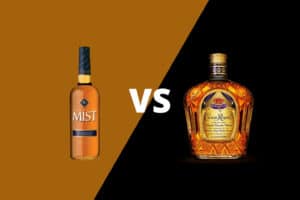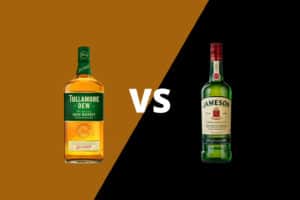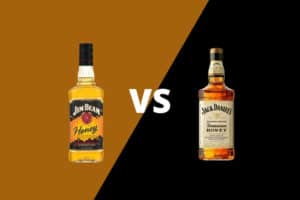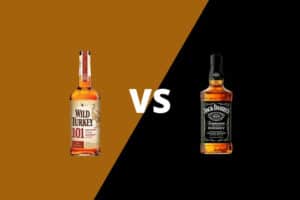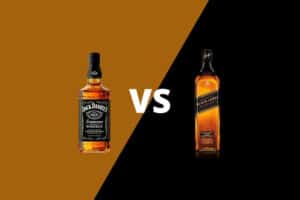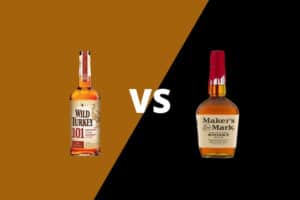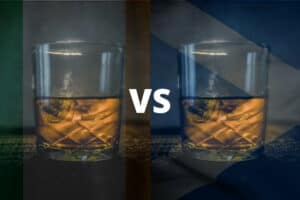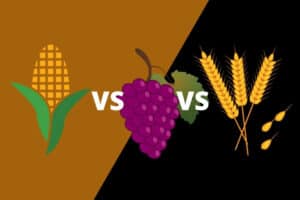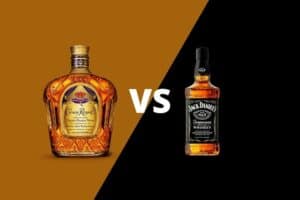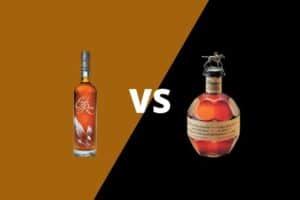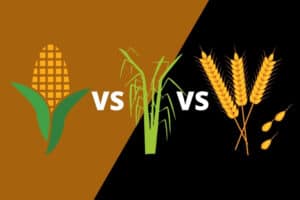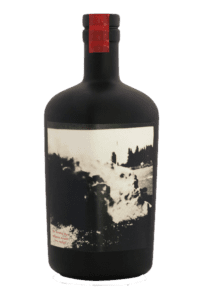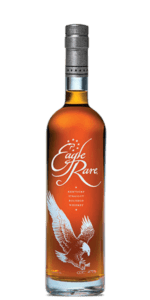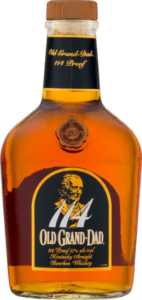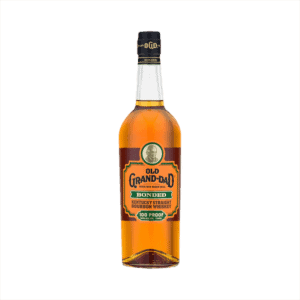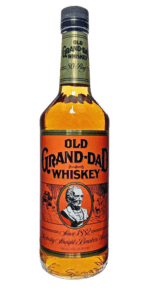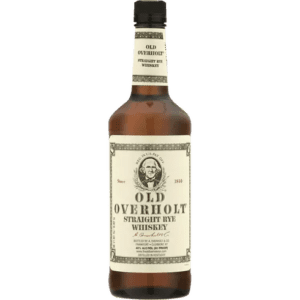Table of Contents
Brandy vs Bourbon
If you’re relatively new to the world of distilled spirits, you may find yourself torn between the bourbon and brandy aisles. Looking at the bottle, you may notice they both contain brown liquids inside those bottles.
But what are they, and how are they different? And — perhaps most importantly — how do they taste?
Well, we’re here to help. This short tutorial includes all you need to know to make a confident decision next time you’re in the spirits aisle or your favorite bar.
Bourbon vs Brandy: Key Differences
Bourbon is a style of whiskey native to the United States. An easy way to think of it: While not all whiskey is bourbon, all bourbon is whiskey.
Whiskey is a term that describes a spirit distilled from a mash of 100 percent grains and aged in wooden casks. According to U.S. laws of standards and identity regulated internationally via trade agreements, bourbon is a specific type of whiskey produced in the United States from a mash of at least 51 percent corn and aged in new American oak barrels.
In the same way, ‘whiskey’ is a broad spirit category that describes many types of styles, ‘brandy’ is a broad product category that includes many sub-categories. It describes a distillate that is made from any type of fruit wine. Brandies are made from apple, cherries, pears, berries — for the most part, if a fruit has sugar, it can be fermenting into wine and then distilled into brandy.
Types of brandy include Cognac, Armagnac, American brandy, applejack, grappa, pisco — the list goes on and on. These products are made all over the globe and have various standards of identity in their countries of production. We will go into these categories more in-depth in our Types of Brandy section below.
Bourbon vs Brandy: Flavor Profiles
While comparing the bourbon flavor profile with that of brandy is fraught with peril, we’ll do our best to help explain what to expect from each of these categories. Again, we must emphasize that brandy is a vast product category that consists of aged and unaged products made from a whole array of fruits. As the fermented wines made from the varietals of different grapes and other fruits can significantly impact the finished spirit, so can the region where it is made and matured.
To say brandy is ‘sweeter’ than bourbon is an oversimplification. Due to the use of corn, bourbons are often described to be sweet in character. A bourbon mash may have residual sugars after fermentation, and while residual sugars may be common in many types of grape wine, that is certainly not universal. What’s more, these sugars most often are removed from the finished spirit during distillation. Often, the sweetness of both products is more the result of the interaction of the spirit with the wood barrel during maturation.
But where your tongue might interpret flavors as having a dry character, your nose knows.
When nosing a pour of brandy in a tulip-shaped tasting glass, the aromas can be perceived as nutty and sweet, with caramel often coming to the fore. On the other hand, bourbon is known for spicy pepper flavor from the rye, sweet corn notes and vanilla, and other baking spices from interaction with the barrel.
History
The origins of brandy predate the evolution of bourbon by at least 300 years and came about as an innovative solution to a problem with supply-chain logistics.
During the 16th century, Dutch traders shipping wine from La Rochelle in France realized it was more economically advantageous for them to ship ‘concentrated’ wine than to ship wine casks whole. It’s the same premise that allows frozen orange juice concentrate to be sold for a fraction of the cost of a carton of orange juice in your modern grocery store. By distilling the wine’s spirit or ‘soul,’ they could remove the water and ship about three times as much final product in a single ship. Plus, they received a tax break because rates were set to total volume. Then, merchants in Holland would add water back to the spirit and sell reconstituted wine at a lower price and higher margin than the competition.
But those Dutch merchants realized the brandewijn — or ‘burnt wine’ — tasted better after spending time in the oak barrel than when it left the port and made quite a delightful tipple in its own right.
Thus, the European love for brandy was born.
This love carried over with the first European settlers of North America. For the first few centuries of colonization, brandy was the spirit of choice for Americans along the East Coast. These products were imported from Europe along with fine port and Madeira wines as part of the triangle trade that made colonialization in the new world economically viable. And French, English and German settlers brought their love of apple brandy distilled from hard cider as well.
But as the frontier expanded westward across the Allegheny Mountains, settlers found themselves cut off from the population centers along the coast. The cost of shipping barrels of the heavy liquid via horse and ox-drawn wagon through the treacherous passes to the frontiers in Maryland and Western Pennsylvania meant they were on their own when it came to potable beverages.
Luckily, they could brew an alcoholic beverage from hearty grains that thrived in the climate — including corn, rye and malted barley — and then distill that brew into whiskey. As the first settlers pushed into modern-day Kentucky, they produced a corn-forward style that eventually became known as bourbon.
How Bourbon is Made
Bourbon is first mashed from a combination of ground cereal grains — including at least 51 percent corn — cooked to allow saccharification to convert starch molecules into sugar and then cooled before the addition of yeast. After about three to five days of fermentation, the mash is pumped into a still and distilled. The distiller collects the concentrated clear spirit and racks it into oak barrels to mature.
Once the whiskey in the barrel is ready, it is poured, diluted and bottled for consumption.
Types of Bourbon
There are three main styles of bourbon. All three contain at least 51 percent corn, but their mash bills round out the remaining percentage of grains using different approaches.
Traditional bourbon splits the remaining grain between rye and malted barley. High-rye bourbon has a higher percentage of rye in the mashbill. And wheated bourbon replaces rye with wheat.
Age statements are another differentiator in bourbon making. While all straight bourbons are matured for at least two years in new charred American oak barrels, customers look at the number of years on the label as a mark of quality.
[SEE ALSO: Types of Whiskey]
What is Brandy?
Brandy is a broad category that describes distillates made from fruit wine. Different countries have various rules for what can and cannot be labeled as brandy.
In the United States, it can be made from any type of fruit, although if it just says ‘brandy,’ then it is made from grapes. Applejack is another acceptable term for apple brandy. If the product has been aged for less than two years in oak barrels, it must be labeled ‘immature’ or ‘unaged’ brandy. They must be bottled at 80-proof, or 40 percent alcohol by volume, or above.
In the European Union, only products distilled from grapes can be called brandy. Other products are called fruit spirits. It must be matured for one year in an oak cask and bottled at 72-proof, or 36 percent ABV, or above.
How Brandy is Made
Brandy is made from fruit wine or a fermented fruit mash. In the case of grape brandy, wine is first produced and then pumped into the still. The ethyl alcohol is separated from the rest of the liquid, along with flavor congeners that make it through distillation. These congeners give brandy its unique flavor and differentiate it from whiskey, tequila or any other distilled spirit.
After distillation, the brandy maker will have a clear spirit to then place into the barrel to mature. The congeners interact with the wood in the barrel, creating unique flavor compounds that give it the distinct character recognized as brandy.
Types of Brandy
Brandy is produced around the globe. Virtually any country that produces wine also produces brandy. Below, we’ve mentioned some of the many types of brandy enjoyed across the world. We could not hope to contain all of them, but this list might come in handy next time you’re at the liquor store.
American Brandy — About 90 percent of the brandy produced in the United States comes from the wine-producing region of California. But craft producers from Kentucky to Texas are beginning to get in on the trend.
Applejack — This spirit reflects America’s long history of cider production. Traditionally, the hard cider would be left over winter to freeze, where producers would perform a crude distillation by ‘jacking’ the water ice, leaving a beverage with a higher alcohol concentration. Today, any apple brandy in the U.S. can be called applejack.
Cognac — Perhaps the most recognized —and well respected — type of brandy in the world, this product must be produced in the Cognac region of France. There are several distinctions: VS is aged for two years, VSOP for four, XO is aged for six years.
Armagnac — Also made in France, this product is made near the Gascony region. It has some unique production attributes, including a special type of Armagnac still.
Brandy de Jerez — A unique product that is produced in the Jerez region of Spain.
Grappa — Unaged grape brandy, often left on the lees. Italy and the United States are among the many countries with a rich history of making grappa.
Pisco — Unaged grappa spirit from the wine-growing regions of Argentina and Chile.
Calvados — Apple brandy from the Normandy region of France. It can be made using a proportion of pear juice as well.

